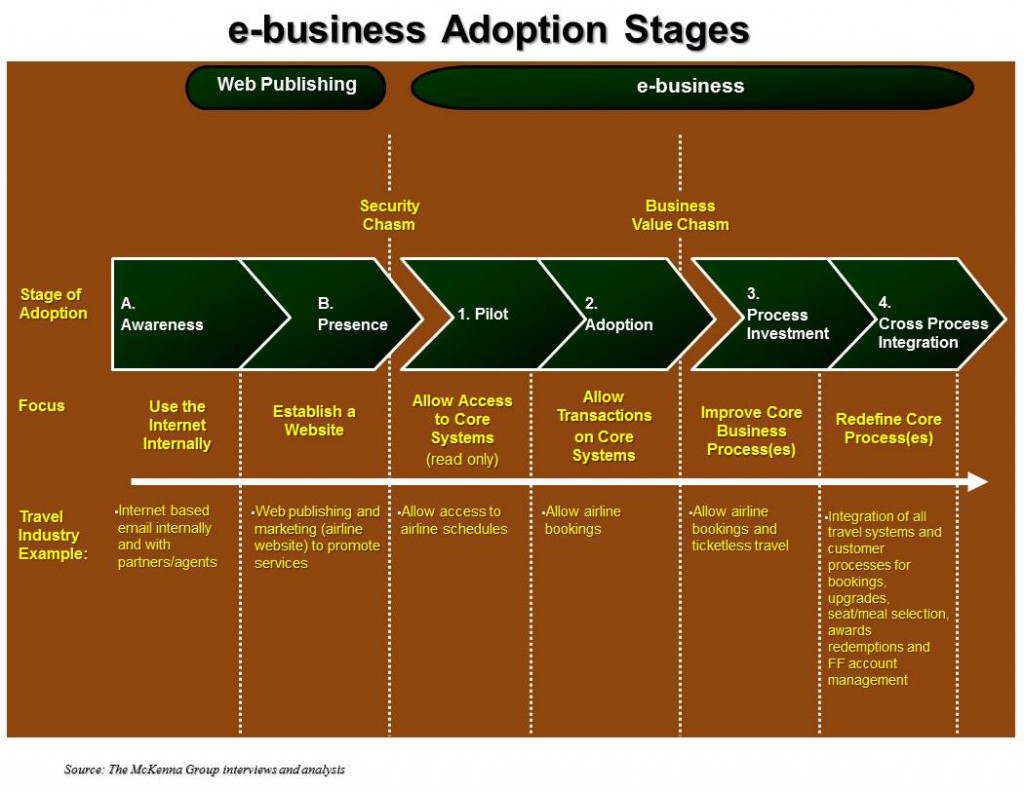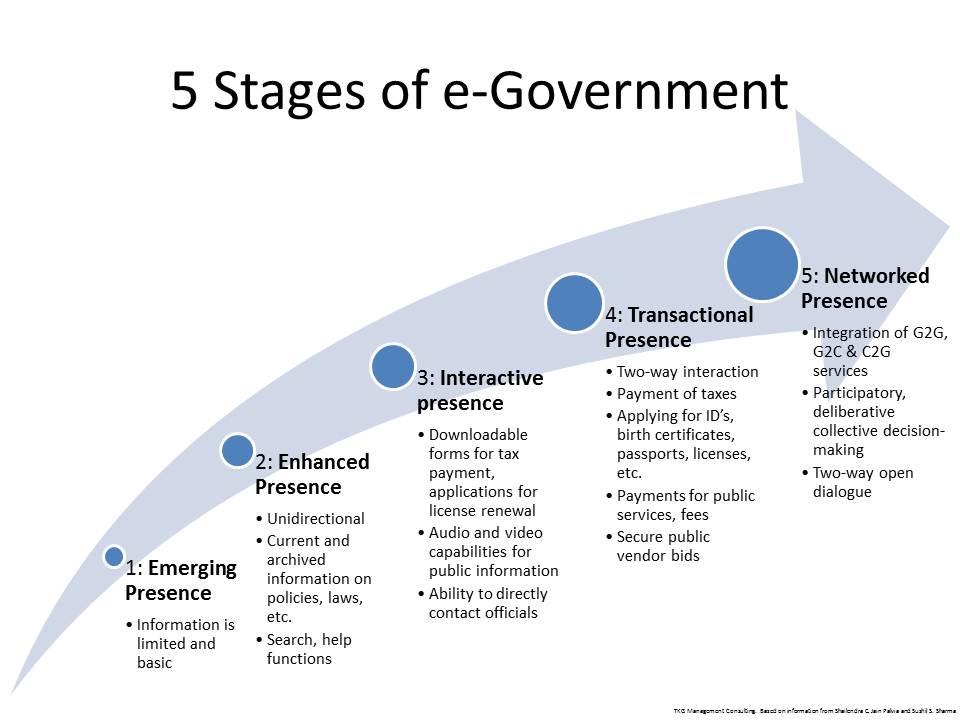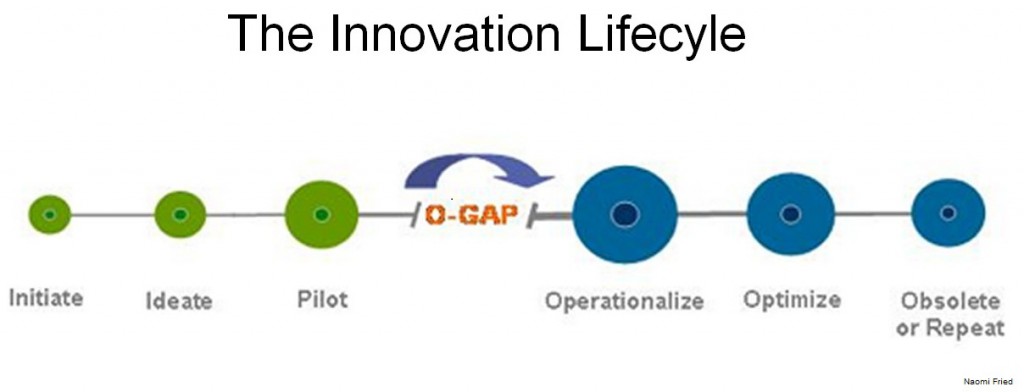Yesterday’s blog post talked about how to foster innovation in an organization. Of course, web-based technologies have been an excellent tool to foster innovation. And the advances are often evolutionary: The benefits achieved from a first-generation static website lay the foundation for further e-business innovations, allowing the business to eventually achieve full cross functional ebusiness process integration. [Click on below chart to enlarge.]
And then, all of the above web evolution was categorized as being “just” Web 1.0 … laying the foundation for Web 2.0 (social media). The evolution of social media then resulted in a spectrum of social apps (including country-specific versions).
In the private sector, B2B (business-to-business) firms can get innovative ideas from B2C (business consumer) firms – and vice versa! Likewise, in the government sector, web-based technologies can be leveraged in multiple ways to foster e-government, including G2C, G2E, G2B and G2G (government to citizen, government to employee, government to business and government to government). In each of these e-gov categories, activities will typically include pushing information, two-way communications, conducting transactions and/or enabling governance. Analogous to the e-business evolutionary stages described in the above chart, e-government progresses through its own stages of maturation:
Although web-based innovation in the government sector has not always progressed as quickly as in the private sector, the proliferation of web, mobile, social and tablet technologies throughout the private sector have heightened the appetite for innovative evolution at all levels of government. A more rapid pace of change is on the horizon. Indeed, a new Accenture e-government survey points out that the biggest challenge for government is not catching up with the private sector – it’s giving digital citizens what they want by using the “digital channel” to improve value delivered to the public. To meet this goal, e-government needs to effectively:
- Identify which channels are best for which types of interactions.
- Address citizens’ concerns regarding privacy and security of their personal data and transactions.
- Decrease the perception that the user experience for some digital interactions are too complex.
- Cost-effectively make (non-digital) “human contact” available when appropriate.
Tomorrow’s blog post will look at the different types of innovations which organizations leverage.






